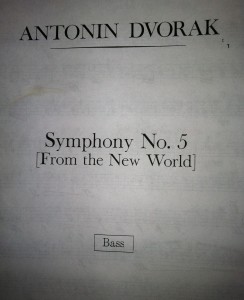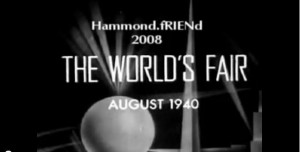This is an article taken from my class work from my Berklee Music online class on Ableton Live (instructor Loudon Stearns). The subject – what are the benefits of original musical parts?
Benefits of creating original musical parts
I have found a few approaches to building sounds and parts in Live.
The first I will title the “Happy Accident Approach” (HAA – sometime written HAA!). This method is the try it and see what happens method. It is a very powerful approach given the extreme sound shaping control available in Live. Load a patch, lob on some effects, twist some dials and as often as not, be amazed by the cool sounds coming out of your monitors. This method, though time consuming shouldn’t be underrated as the results can be very useful. I have a few tools that help me with this:
1) Touchable for the IPAD: Touchable has a very cool mode when working with devices. It is called snap mode. When snap is enabled the value of the parameters in place at the time of enabling snap mode are “sticky”. Then, when you change a parameter (say filter type, resonance, etc.) you hear the change in sound while you move the device parameter but once you take your finger off the IPAD the parameter snaps back to its original value. This is neat tool for experimentation. Although it can take some hand contortions to modify multiple parameters at once, you can get some very interesting sounds and then “Snap” back to your original sound.
Also the physical modeled (gravity/bounce) X/Y pad… major HAA! potential there.
2) Kapture Pad for the IPAD: This is essentially a librarian for the settings currently in your Live Set. You can work with sounds, device and effect settings and more and then “Kapture” a snap shot of the current state of LIVE. These snapshot can be grouped in BANKS, labeled and recalled non-sequentially. This is a simple and effective tool for allowing sound exploration while not losing what you previously had in terms of previous settings. A cool thing about Kapture Pad is that the bank/setting info is stored on the host computer, not on the IPAD allowing for any Ipad with the Kapture pad software to access the saved information. The information can also be archived (backed up) from the host for safe, off site storage.
3) Koncrete Performer: Somewhat less intuitive but visually alluring is Koncrete Performer. This is an actual controller for Live with a librarian attached. The interface are Multiple Nodes controlled by touch. Individual/Multiple parameters of Live’s devices are mapped to the nodes and can be controlled via touch. You sort of have to see this to get the idea but the interface is visually breathtaking. Projecting this interface during a performance would make a very appealing visual for an audience.
The Next Note Theory (NNT)
(briefly stated – at any moment in a piece of music, the most relevant information is the next note)
To use this method you have to allow yourself to be very cognizant of the burst of creativity that your mind has provided to you in terms of a sound choice, a chord change, an effect, – any yet unheard (imagined) part of the project you are working on (or have yet to start).
Warning – it is VERY easy to ignore these PHISE moments. I recommend you don’t. They are rarely convenient, can invalidate the work that came before them and can lead to to many directions from a very simple core. My recommendation is to document them all and when you aren’t having PHISE moments use the more rational mind and the HAA! approach to flesh out the inspirations.
Of course this process doesn’t have to be linear. You may be working on a project and pre-hear something on an unrelated project. STOP. Record or otherwise document that idea.
 This first performance of the Panama City POPS 2011-2012 season will open at the Marina Civic Center with Dvorak’s New World Symphony. We had played individual movements before but this is the first time we will play all four movements. The themes in NWS are so strong an beautiful. In the adagio is a classic bass line that just scream classical bass playing. And the third movement (my favorite) is just going to be a wild ride. This is going to be very demanding but worth it!
This first performance of the Panama City POPS 2011-2012 season will open at the Marina Civic Center with Dvorak’s New World Symphony. We had played individual movements before but this is the first time we will play all four movements. The themes in NWS are so strong an beautiful. In the adagio is a classic bass line that just scream classical bass playing. And the third movement (my favorite) is just going to be a wild ride. This is going to be very demanding but worth it!